LIST: Best countries to go to for work or study in 2025
Travel isn’t just about adventure—it’s also about opportunity.
Filipinos are capable of thriving anywhere in the world, but working or studying abroad is a major decision, and it’s not always easy. With the right preparation, however, it can be one of the most rewarding choices you’ll ever make.
If you're planning to move abroad but don't know where to start, this list of countries that are worth considering in 2025 might help. Each of these countries offers something unique—whether it’s free or affordable education, strong job markets, or well-established Filipino communities. In this guide, we’ll explain why each one is a strong choice, what kind of work or study paths are available, and how much the basic living costs would be more or less so you can prepare accordingly.
As someone who has lived through the process of visas, culture shock, and career shifts abroad, my advice is simple: Do your research, know your goals, and don’t be afraid to start small. There’s a world of opportunities out there for Filipinos who are ready to take the leap.
Madrid, Spain
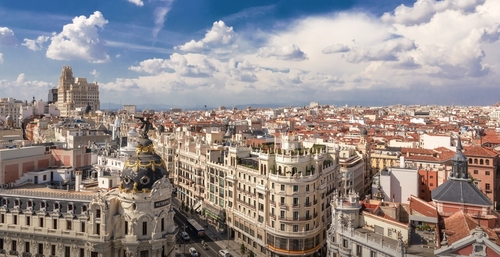
Spain continues to be a favorite among Filipinos not just for tourism, but for education and employment opportunities. Madrid, the capital, has become a hub for Filipino students enrolled in international universities, particularly in programs related to business, arts, and hospitality. Spain allows international students to work part-time while studying, and graduates are given a legal extension to search for a job. For those who are hoping to working in Spain, opportunities are available in caregiving, hospitality, and domestic service, among others. Living in Madrid costs around €1,000 to €1,500 (P63,000 to P94,000) monthly, including rent, food, and transportation. The city also has a vibrant Filipino community with support networks, cultural events, and even Filipino-run businesses that help ease the transition for newcomers.
To move to Spain, Filipinos can apply for different types of visas depending on their purpose. The most common is the student visa, which allows part-time work during your studies and gives you a one-year extension after graduation to look for a job. Check out English-taught programs in Spain here. For professionals, there’s the employee visa, usually sponsored by a Spanish company—this is common in caregiving, hospitality, and domestic work. Filipinos with family members already living legally in Spain can also apply through the family reunification visa. Young Filipinos can explore the au pair program, which lets you live with a host family while studying Spanish and helping with childcare. For entrepreneurs and freelancers, Spain offers a self-employed visa where you’ll need to submit a business plan and prove you can support yourself financially. Once you’ve stayed legally in Spain for two years, especially under humanitarian or work grounds, you may also be eligible to apply for arraigo (residency based on social integration), which is another path to legalizing your stay.
Vienna, Austria
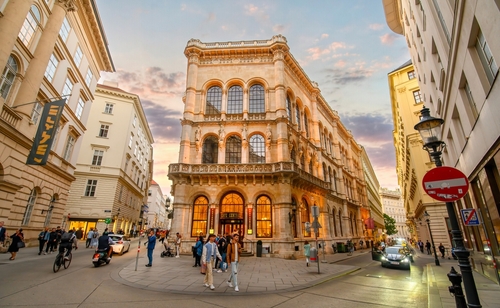
Austria offers a high quality of life, and Vienna is one of the most livable cities in the world. For Filipinos, this European country is attractive not only for its clean and safe environment but also for its welcoming attitude toward skilled foreign workers and international students. Many Filipinos work in healthcare and caregiving, and there's a growing demand for these roles across the country. Public universities in Austria have relatively low tuition fees, and some even offer free education depending on the program and language of instruction. Vienna also has a modest but tight-knit Filipino community. Monthly living expenses in Vienna range from €1,600 to €3,000 (P100,000 to P188,000). It’s a great destination for those who are looking for long-term stability, strong labor protections, and the possibility of residency after a few years.
If you’re considering Austria, you can start by applying for a student residence permit, which allows part-time work while enrolled in university. You might want to explore low-cost universities like the University of Vienna. After graduation, you can apply for a 12-month job seeker visa to find employment in your field. For skilled workers, Austria offers a Red-White-Red Card, a point-based work permit system for professionals in shortage occupations, graduates of Austrian universities, or those with a concrete job offer. Caregivers and nurses are in particularly high demand, and Austria recognizes some foreign qualifications with additional training. There’s also a family reunification option for those with close relatives already living legally in Austria. After five years of continuous legal stay, you can apply for permanent residency, and eventually for Austrian citizenship under specific conditions.
The Netherlands
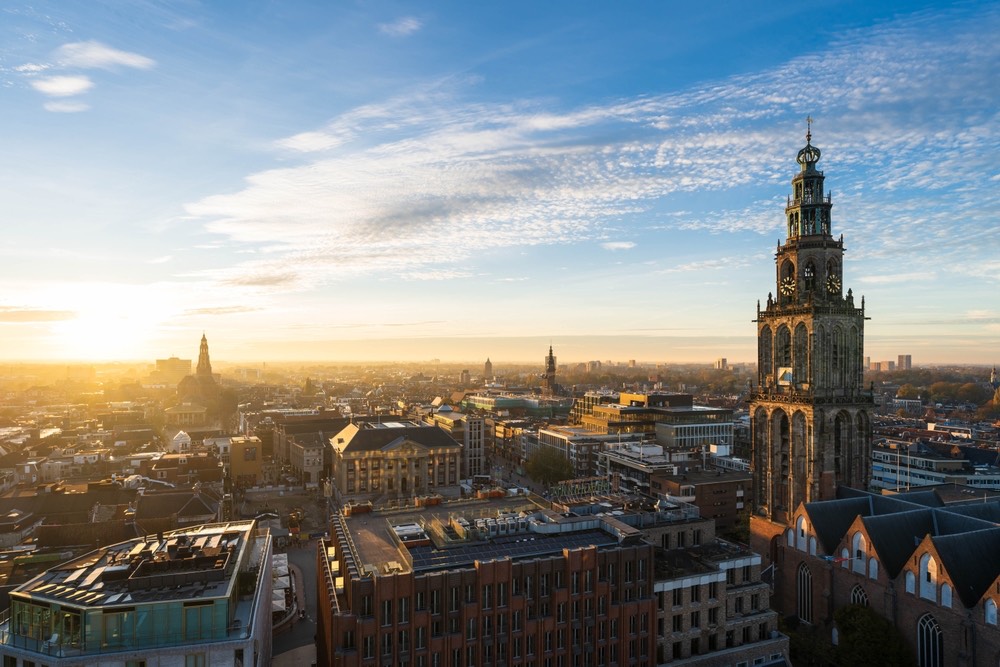
The Netherlands is gaining popularity for its high English proficiency, welcoming attitude toward international students, and solid worker protections. Dutch universities offer hundreds of English-taught programs, and international students can work up to 16 hours a week during the semester. Living expenses in cities like Amsterdam or Rotterdam range from €1,200 (P75,813) to €1,700 (P107,402) per month. Public transportation is excellent, and the country is known for its high quality of life and safety.
Moving to the Netherlands usually starts with a job offer or university admission. For professionals, the most common pathway is through the Highly Skilled Migrant Visa, where Dutch employers sponsor qualified workers in fields like IT, engineering, finance, and health services. International students can apply for a student visa and work part-time during their studies. After graduation, they’re eligible for an orientation year visa, which gives them 12 months to look for work. Entrepreneurs can also apply for a startup visa if they have an innovative idea and a recognized facilitator in the Netherlands. Filipinos married to EU citizens living in the Netherlands may qualify for family reunification visas. After five years of continuous legal stay, you can apply for permanent residency, and later, Dutch citizenship—with dual citizenship not generally allowed, unless under special circumstances.
Dubai, United Arab Emirates
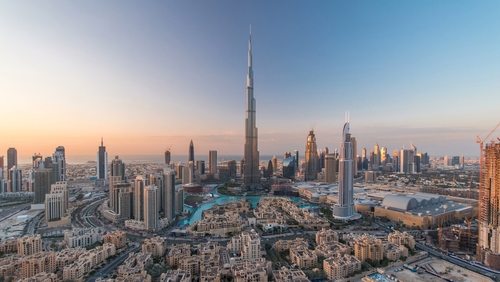
Dubai remains one of the top destinations for overseas Filipino workers. Citing the UAE Ministry of Foreign Affairs, the Presidential Communications Office said Pinoys are the third largest expatriate group in the UAE next to Indians and Pakistanis. From hotel staff and flight attendants to engineers and content creators, Filipinos are represented in nearly every sector. The city also hosts international university branches that welcome foreign students with flexible schedules and work-study options. While tuition may be higher compared to some Asian countries, there are scholarships and installment plans available. Monthly living expenses are between AED 4,500 to AED 6,500 (P68,000 to P98,000), depending on accommodation and lifestyle. Dubai’s tax-free salaries and multicultural environment make it a practical choice for both career advancement and quality education.
To move to Dubai, Filipinos typically secure a job offer first (check job boards like Dubizzle or GulfTalent for entry-level roles or apply for a tourist visa first if you're exploring job options in person), as the employer will handle the work visa application, known locally as a residence visa with work permit. For professionals, having relevant experience and certifications increases your chances in industries like engineering, finance, and IT. Dubai also has a freelance visa and a remote work visa for self-employed individuals or digital nomads who earn income outside the UAE. If you want to start a business, you can apply through one of the many free zone business setups. Domestic workers such as nannies or caregivers are hired under a separate sponsorship system. Filipinos with immediate family in Dubai may also qualify for a family sponsorship visa. While UAE does not offer permanent residency or citizenship for most expats, there are 10-year Golden Visas available for investors, professionals, and those with outstanding talents.
Auckland, New Zealand

New Zealand is widely regarded as one of the best countries in the world for work-life balance, safety, and nature. Auckland, the country’s largest city, has a steadily growing Filipino population, many of whom work in construction, education, healthcare, and agriculture. The New Zealand government offers generous student visa policies, including the ability to work up to 20 hours per week while studying, and post-study work rights for up to three years depending on your course. Filipino students often pursue diplomas or degrees in early childhood education, nursing, and information technology. Monthly living expenses in Auckland are around NZD 2,200 to NZD 2,500 (P72,000 to P82,000). It’s a great destination for those who are planning to eventually transition from student to permanent resident, thanks to New Zealand’s clear immigration pathways.
If you’re considering New Zealand as your next home, there are several visa options available. The student visa allows part-time work while studying and opens a pathway to a post-study work visa, which can lead to residency if you secure a job in a high-demand field. For skilled workers, the Accredited Employer Work Visa is the most common route—employers need to be accredited to hire overseas talent. Filipinos with experience in nursing, construction, agriculture, or aged care have higher chances due to labor shortages. There’s also the Working Holiday Visa (limited slots annually for Filipinos aged 18–30) which allows you to travel and work in New Zealand for up to 12 months. Permanent residency can be applied for after a few years of legal stay, especially through the Skilled Migrant Category.
Toronto, Canada
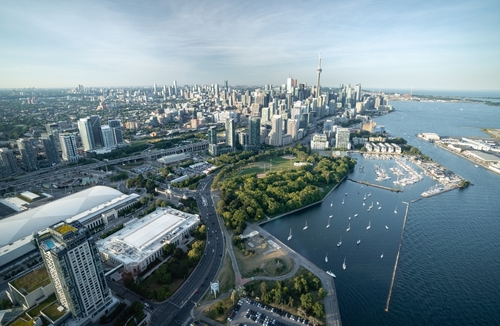
Canada is a popular option for Filipinos because of its progressive immigration policies and high standard of living. Toronto, one of its largest and most multicultural cities, has long been a magnet for Filipino families, caregivers, and students. Through programs like Express Entry and the Provincial Nominee Program, many workers are able to eventually gain permanent residency. Students in Canada can work up to 24 hours per week during the semester and full-time during breaks. After finishing their studies, they can apply for a post-graduate work permit and eventually transition to permanent residency. Living expenses in Toronto range from CAD 2,000 to CAD 2,500 (P80,000 to P100,000) per month. With accessible healthcare, quality education, and a strong sense of community, Canada is one of the most practical destinations for long-term relocation.
There are several ways Filipinos can move to Canada, and the country’s immigration system is one of the most structured in the world. The most common path is through the Express Entry system under the Federal Skilled Worker Program, Canadian Experience Class, or Provincial Nominee Programs. International students can apply for a study permit, which allows them to work part-time and become eligible for a post-graduate work permit after graduation. Explore designated learning institutions in this list and apply through the Student Direct Stream for faster visa processing. Those who are looking for a job can check out Job Bank Canada. Caregivers can apply through dedicated Home Child Care Provider or Home Support Worker Pilots, both offering direct PR pathways. Those with close family in Canada may qualify under family sponsorship programs. Once you obtain permanent residency and meet residency obligations, you can apply for Canadian citizenship in as little as three years.
Paris, France

Paris, the iconic "City of Light," continues to be a top destination for Filipinos seeking opportunities to work or study abroad. The city boasts active Filipino associations and communities that provide support and foster cultural connections. For students, France offers high-quality education at relatively affordable costs. Public universities in France are heavily subsidized by the government. As of the 2024/2025 academic year, tuition fees for non-EU international students are €2,850 (P179,000) per year for undergraduate programs and €3,879 (P243,000) per year for master's programs. Some institutions, like Université Paris Cité, have granted partial exemptions, allowing non-European students to pay the same fees as French and EU students. Living in Paris, however, comes with a higher cost of living compared to other French cities. International students can expect monthly expenses ranging from €1,200 (P75,000) to €2,300 (P144,000), covering accommodation, food, transportation, and other necessities. Despite the costs, the opportunity to immerse oneself in Paris' rich cultural and academic environment makes it a good investment for many.
If you're planning to build a life in France, the first step is choosing the right visa. Filipinos often come on a student visa, which allows limited part-time work and can be extended through a post-study job search permit. Check out CampusFrance for scholarships and application steps. For professionals, there are employment visas tied to a valid job offer, with special consideration for shortage occupations like IT, nursing, and engineering. Artists and freelancers can apply for self-employed or talent-based visas, especially those with a strong portfolio or international recognition. Family reunification is also available for those with spouses or close relatives in France. After five years of continuous legal residence, you can apply for permanent residency, and eventually, French citizenship—with dual citizenship allowed for Filipinos.
Stockholm, Sweden
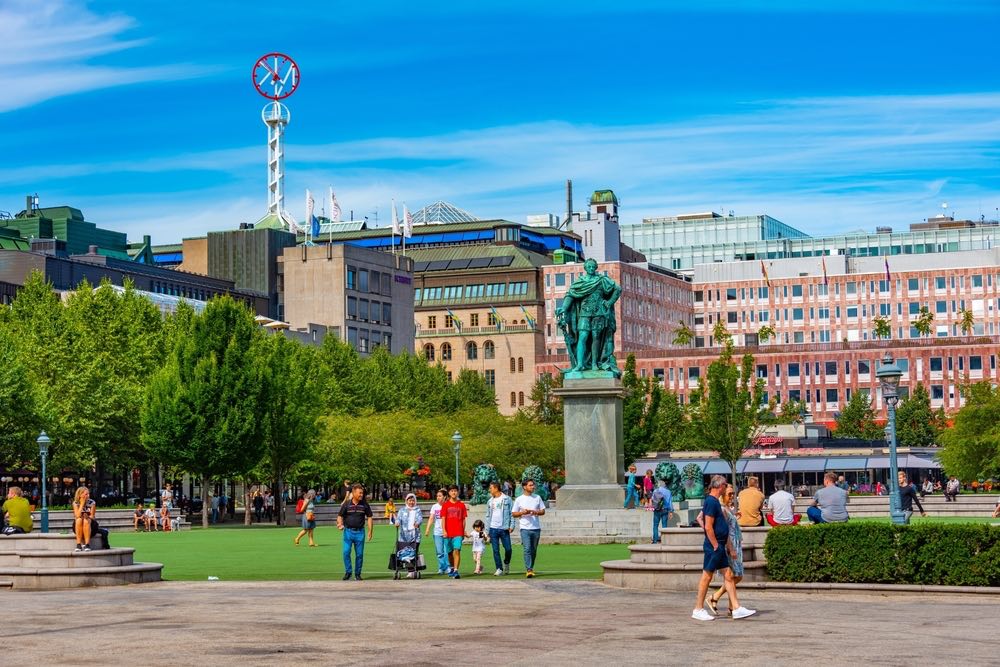
Sweden is known for its strong welfare state, excellent healthcare, and world-class education system. Stockholm offers free or low-cost tuition for EU/EEA students, but international students can apply for scholarships covering tuition and living costs. English is widely spoken, and many master's and bachelor's programs are offered in English. Filipinos working in Sweden often find jobs in IT, engineering, caregiving, and hospitality. Living expenses in Stockholm range from SEK 8,000 (P46,482) to SEK 12,000 (P69,724) per month.
Getting to Sweden starts with either work or study. Filipinos who receive a job offer from a Swedish employer can apply for a work permit, especially in fields with skill shortages. Nurses, IT professionals, and engineers are in demand. The student visa (residence permit for studies) allows you to work while studying and gives you time after graduation to find a job and apply for a work permit. You can start by learning about the Swedish Job Seeker Visa here. Freelancers and self-employed professionals can also apply under certain conditions, though requirements are strict. There is also a family reunification visa for those with immediate family living in Sweden. After four years of continuous residency (or three years if married to a Swedish citizen), you may apply for permanent residency, and eventually for Swedish citizenship.
Copenhagen, Denmark
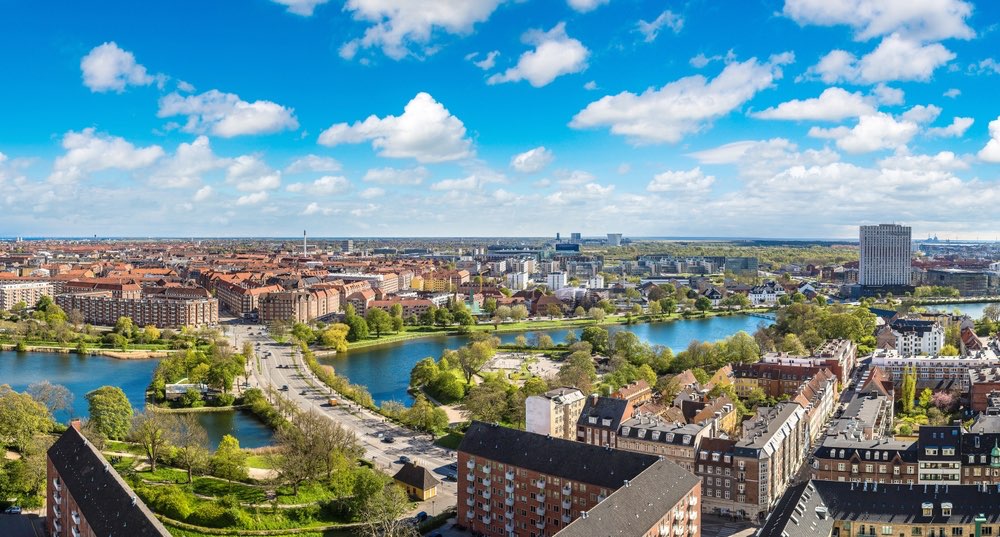
Denmark, like Sweden, is known for its generous public services, high standard of living, and strong work-life balance. Copenhagen has several international universities with English programs, and students are allowed to work part-time while studying. Filipinos are employed in healthcare, service, and startup sectors. The cost of living in Copenhagen is around DKK 8,000 (P67,815) to DKK 12,000 (P101,722) per month—but services like healthcare and transportation are efficient and heavily subsidized.
To start your journey in Denmark, most Filipinos enter through a study or work visa. Students enrolled in Danish universities or vocational schools can apply for a residence permit for studies, which allows part-time work and gives you six months after graduation to look for a job. You can go to this site for information on its programs and scholarships. The work visa route is available for professionals in high-demand sectors, especially nurses, engineers, and IT specialists. Denmark also has the Positive List—a list of professions where there’s a shortage of workers—which makes it easier to get a residence and work permit if your job matches. Entrepreneurs can apply for a startup visa, and those with family in Denmark may be eligible for family reunification. After eight years of legal residence (or four if you meet integration requirements), you can apply for permanent residency, and later, Danish citizenship.


